Exploring Lisbon, Portugal: The Second Oldest Capital in Europe

Lisbon, Portugal wasn’t originally part of my itinerary for my fourth Europe trip. I had planned to fly from Paris to Copenhagen, Stockholm, and Oslo instead. But somehow, I changed my plans and headed to Lisbon. Maybe it was to avoid the cold since it makes me feel lonely. At that point, I also felt that I should stop solo traveling and start sharing my journeys with a partner, friends, or family. However, I was also thankful for all the solo adventures I had enjoyed over the past seven years.
I arrived at Humberto Delgado Airport in Lisbon and was greeted by warm weather, almost hot for European spring. Excited to explore the city, I headed straight to the subway. I had long been curious about Lisbon, but its location in the far southwest of Europe always made it hard to include in my plans. Lisbon is the second oldest capital in Europe after Athens, Greece, and its cityscape is filled with classic European buildings and houses, similar to other major European cities. However, in Lisbon, many of the buildings are brightly colored, often nestled in narrow alleys, with classic trams heading uphill. On the other side of the city, the stunning ocean view stretches out.
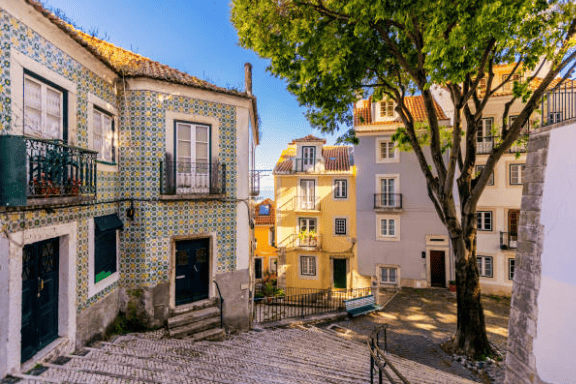
One unique aspect of Lisbon is its oldest district, Alfama. Perched on a hill, Alfama retains traces of Arab architecture, visible in almost every apartment and house. In the early 8th century, Lisbon was conquered by Berber and Arab tribes from North Africa and the Middle East, who built many mosques, houses, and city walls. Arabic was widely spoken until 1147 when Alfonso I of Portugal, during the Reconquista, led a crusade that recaptured Lisbon. Though the city changed hands, the Arab and Islamic influence remained in Alfama. Even when a massive earthquake struck Lisbon in 1755, Alfama survived, while other parts of the city were destroyed. Today, Alfama is one of Lisbon’s main tourist hubs. Another historic district worth visiting in Lisbon is Belém, the site where Vasco Da Gama set sail for India in 1498. Following him, many Portuguese explorers departed from Belém during the Age of Discovery. The 16th century marked Lisbon’s golden age, as it became Europe’s trade center with Africa, India, the Far East, and Brazil, growing rich from the trade of spices, slaves, sugar, textiles, and other commodities. Belém is also famous for its iconic tower, Torre de Belém.
In modern times, Lisbon has gained popularity as a digital nomad hub in Europe. Its laid-back atmosphere, stunning scenery, and affordable cost of living attract many nomads. However, their arrival has driven rental prices higher, forcing many locals to move out of the city. Lisbon also hosts several major events, such as the annual Web Summit, a renowned technology conference.
How to Get to Lisbon, Portugal
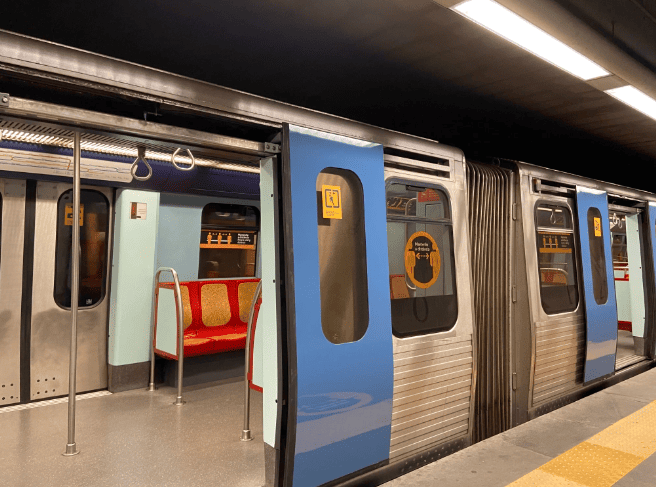
I flew from Charles de Gaulle Airport in Paris to Lisbon via EasyJet. The flight took 2 hours and 40 minutes and was relatively smooth. I got my ticket for €88.05 without checked baggage, meaning I could only store my bag under the seat. When I left Lisbon, I took a Flixbus to Porto, a 3-hour and 15-minute journey. I booked all tickets on their respective websites.
How to Get Around Lisbon, Portugal
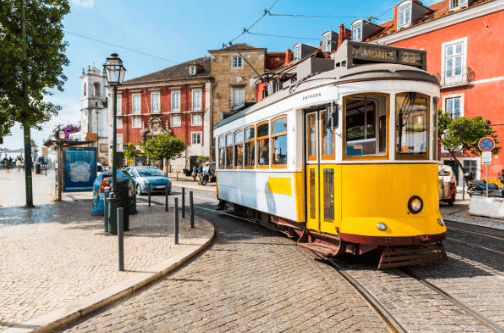
Public transport options in Lisbon include the metro, tram, funicular, bus, commuter trains, ferries, and taxis. Public transportation in Lisbon is more affordable compared to other European countries. Upon arriving at Lisbon Airport, I headed straight to a ticket machine to purchase a Viva Viagem card, which can be used for all modes of public transport. There are three top-up options: single ticket (for one trip), 24-hour ticket, or zapping (top-up any amount and use it until the balance runs out). The card itself costs €0.50 and is non-refundable.
I mostly used the metro to get around Lisbon, except when riding the iconic Tram 28. I hadn’t topped up my 24-hour ticket yet, but since Tram 28 passes through Alfama, where I was staying, I hopped on and paid the €3 fare directly to the driver.
Where to Stay in Lisbon, Portugal
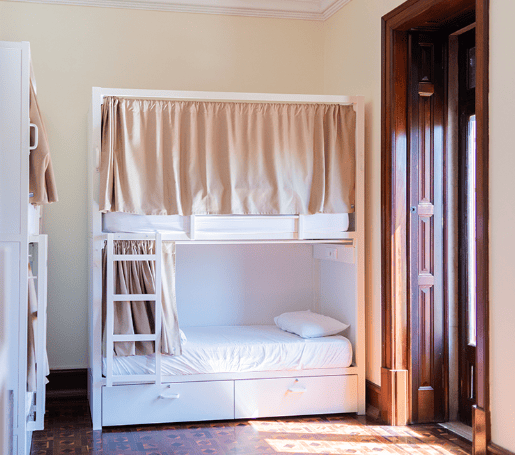
Since I was traveling alone, I decided to stay in a hostel to meet people or join tours. I stayed at Sant Jordi Hostels Lisbon, having stayed at their Barcelona location before. I paid €15.40 per night for a bed in a 10-bed mixed dorm through Hostelworld.
Sant Jordi Hostels Lisbon is located in Alfama, the city’s oldest district and a popular tourist area. The building is quite grand, with classic European charm. Breakfast costs an additional €3, and there’s an option for dinner for a fee. Oddly, I wasn’t in the mood to mingle with other travelers and preferred to explore Lisbon on my own. It was at that moment I realized my solo travel days might be over, as my preferences have changed.
Things To See & Do in Lisbon, Portugal
1. Exploring Alfama
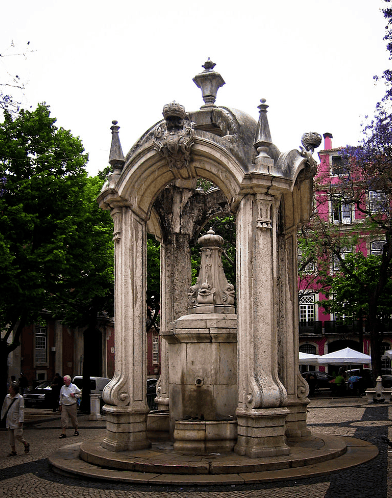
Alfama is Lisbon’s charming old town, known for its colorful houses, cobblestone streets, beautiful Arab-inspired architecture, and classic Tram 28 that takes tourists to the hilltop. Many say Alfama is the most beautiful part of Lisbon. After arriving in the city, I checked in and went for a hike to explore Alfama. The hilly terrain required some effort, but the views of the colorful cityscape and the white-and-blue ceramic-tiled buildings were worth it. I had to be careful navigating narrow alleys since Tram 28 could pass by at any moment.
From Alfama, I continued hiking toward Portas dos Sol, a viewpoint offering a scenic view of Alfama and the Tagus River. Many couples were enjoying the relaxed atmosphere, listening to street musicians or hanging out in the gardens with panoramic views of the city. The romantic vibe made me wish I wasn’t traveling alone. As I climbed further, I eventually reached the entrance of Castle of São Jorge, but unfortunately, it was already closed, so I headed back down.
On my way back to the hostel, I heard the melancholic sounds of Fado, Portugal’s traditional music that often tells stories of the sea and the hardships of the poor. Many tourists enjoy sitting at cafes, listening to Fado performances, but my tired legs and hunger led me back to the hostel for a meal instead.
2. Riding Tram 28
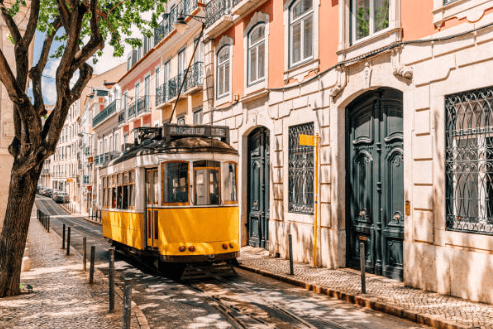
Tram 28 is a classic yellow wooden tram that has been operating since the 1930s and is now a popular tourist attraction. It connects Martim Moniz with Campo Ourique, passing through tourist-favorite districts like Alfama, Baixa, Estrela, and Graça.
Though the lines were long, and there were warnings about pickpockets, riding this tram is still a must-do when visiting Lisbon. The journey offers stunning views of the ocean, unique architecture in Alfama, and narrow streets that the tram squeezes through.
3. Praca do Comércio
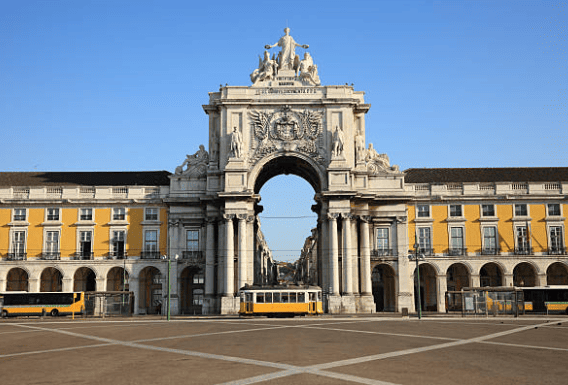
This is Lisbon’s main square, historically used for unloading goods from the river. At the end of the square is Arco da Rua Augusta, a classical-style archway leading to Lisbon’s shopping streets.
I spent some time here, browsing through shops and malls to escape the sun and rest after walking from Alfama. Though it wasn’t as luxurious as the shopping streets of Paris or Barcelona, it was still a pleasant stop.
4. Santa Justa Elevator
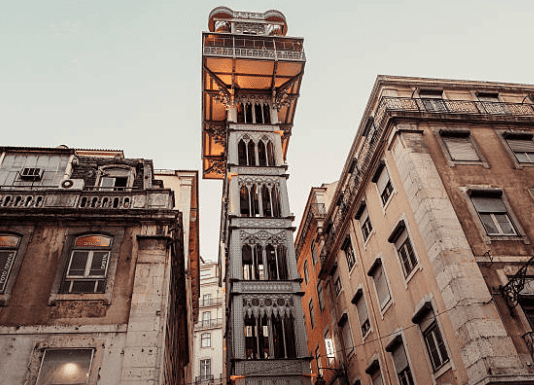
A classic elevator that stands 45 meters high, connecting two neighborhoods in Lisbon. It opened in 1902, and its observation deck is one of the top attractions in the city. The elevator opens at 7 AM and is only a 5-minute walk from Praca do Comércio.
5. Pasteis de Nata

Also known as Portuguese custard tarts, Pasteis de Nata are easy to find throughout Lisbon, and they’re a must-try in their country of origin. Many cafes in Alfama sell these treats for as little as €1.
6. Time Out Market
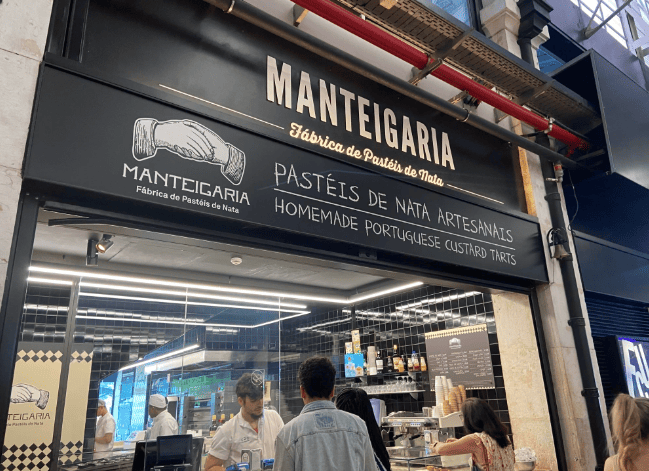
Popular among tourists and locals, Time Out Market is a must-visit when in Lisbon. Inside, there are 24 food stalls run by top Portuguese chefs, offering everything from traditional Portuguese dishes to Asian cuisine and standard fare like pizza and burgers. The market is located near the pier, and after grabbing a snack, you can sit by the river to enjoy the sunset.
During my 3-day, 2-night stay in Lisbon, this is all I managed to see. I didn’t have time to explore Belém, and I missed out on visiting the Torre de Belém, as I didn’t realize it was closed on Mondays. I also didn’t get to see the Jerónimos Monastery or taste the famous Pasteis de Belém. Though I considered taking a day trip to the coastal town of Cascais or visiting the colorful castles in nearby Sintra, I ultimately decided to head to Porto before flying back to Paris.
Next time, I plan to return to Lisbon with my husband because this city is definitely worth revisiting, even for just 1 or 2 days.
